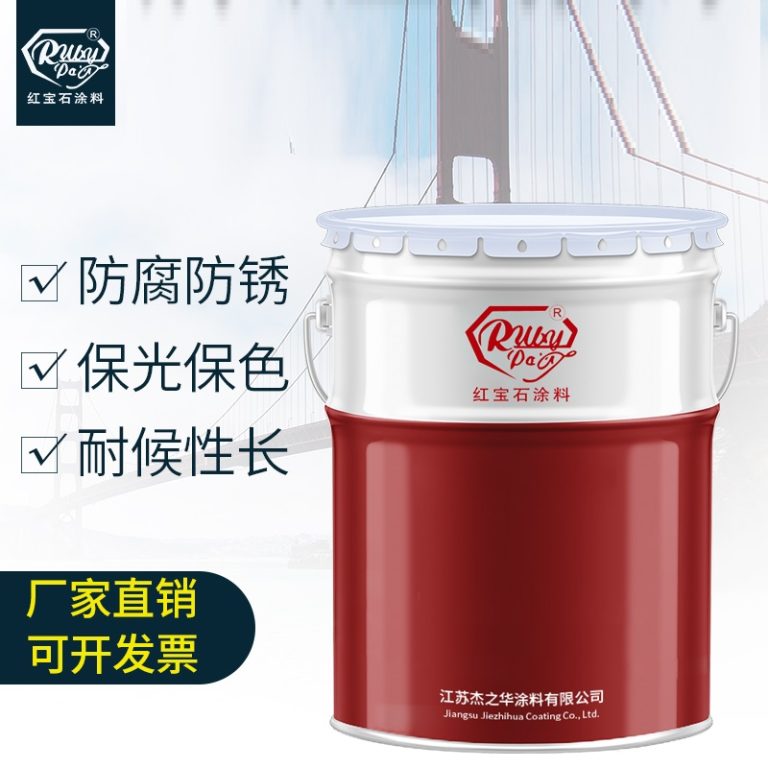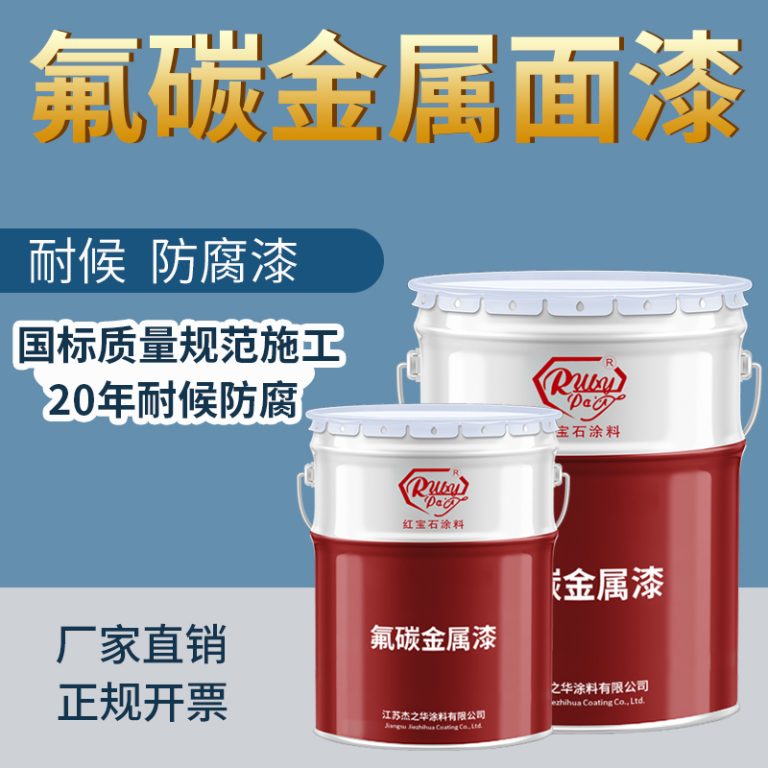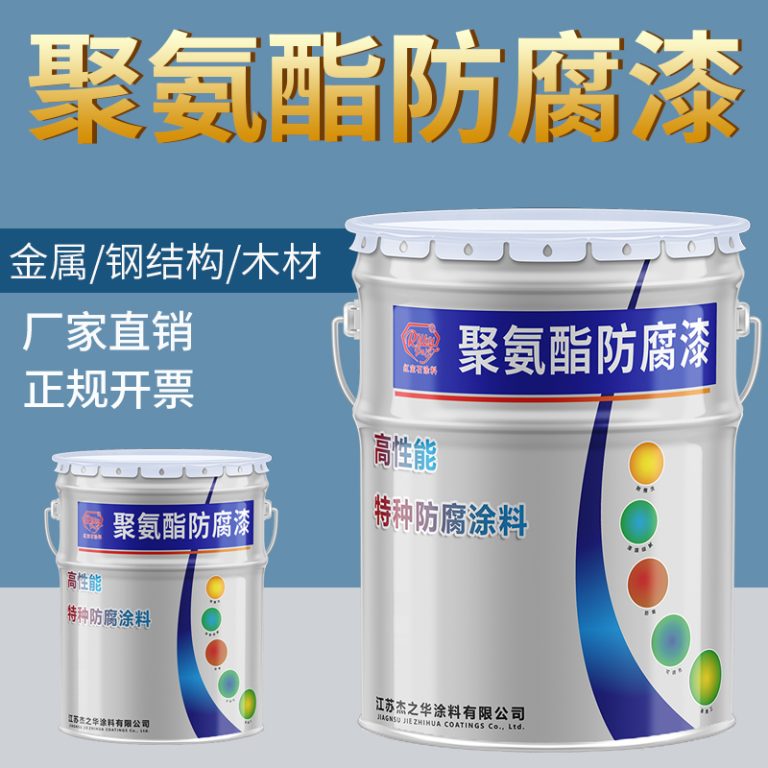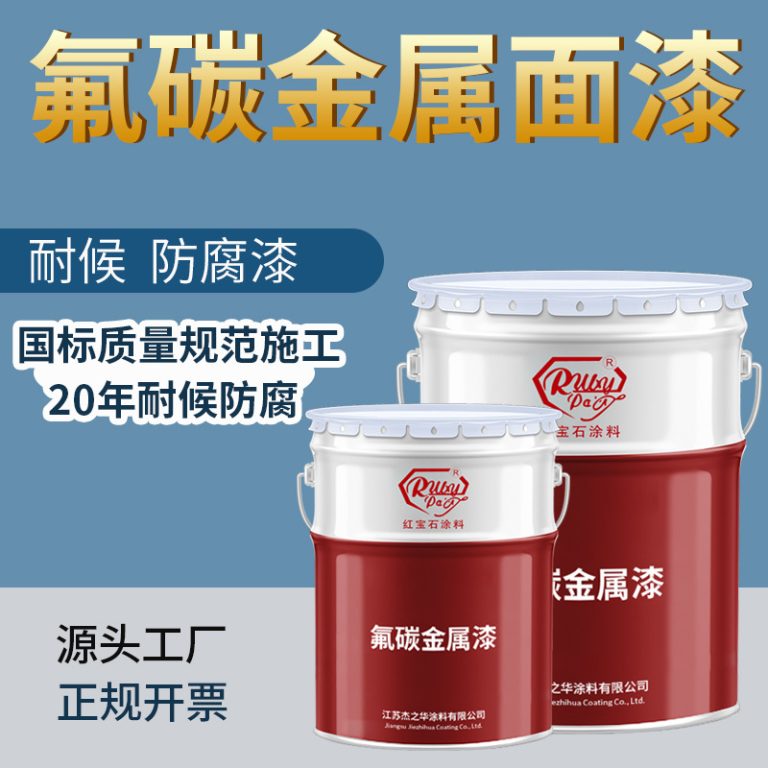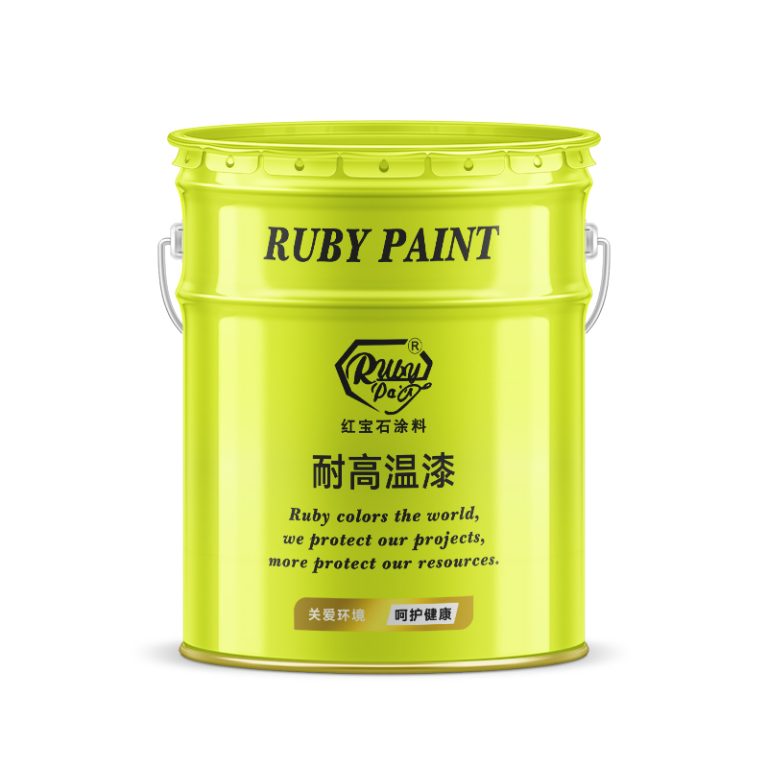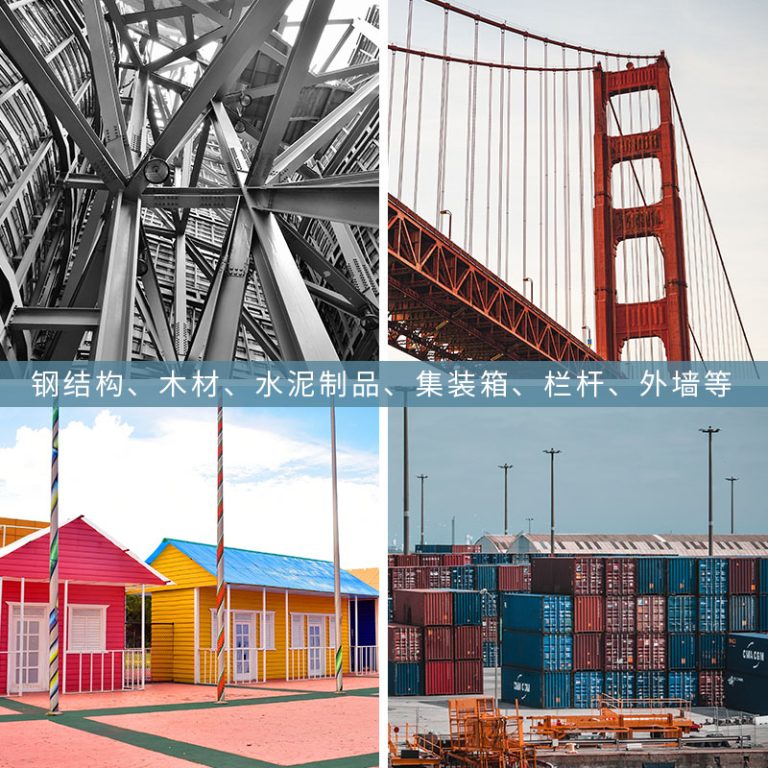Table of Contents
Benefits Of Using Thermal Insulation Paint In The Philippines
Thermal insulation paint, also known as insulating paint, is a type of coating that can be applied to various surfaces to reduce heat transfer. In the Philippines, where temperatures can soar, especially during the summer months, the use of thermal insulation paint has become increasingly popular due to its ability to keep indoor environments cooler and more comfortable. This innovative solution offers a range of benefits that make it an attractive option for both residential and commercial properties.
One of the primary advantages of using thermal insulation paint in the Philippines is its energy-saving potential. By reflecting and dissipating heat, this type of paint helps maintain a stable indoor temperature, reducing the need for air conditioning. As a result, property owners can experience significant savings on their energy bills. This is particularly important in a tropical country like the Philippines, where air conditioning systems often run continuously to combat the heat, leading to high electricity consumption.
Furthermore, thermal insulation paint contributes to environmental sustainability. By lowering energy usage, it reduces the carbon footprint associated with cooling systems. This is crucial in the fight against climate change, as the Philippines is highly vulnerable to its impacts. By adopting energy-efficient solutions like thermal insulation paint, individuals and businesses can play a role in mitigating global warming and promoting a greener future.
In addition to its energy-saving and environmental benefits, thermal insulation paint also enhances the comfort of indoor spaces. It helps keep interiors cooler during hot days, providing a more pleasant environment for occupants. This is especially beneficial in settings such as offices, schools, and homes, where comfort can significantly impact productivity, learning, and overall well-being.
Another advantage of thermal insulation paint is its versatility and ease of application. It can be applied to a variety of surfaces, including walls, roofs, and even metal structures. This makes it a flexible solution that can be used in different types of buildings, from residential homes to large commercial complexes. Moreover, the application process is similar to that of regular paint, making it a convenient option for property owners who want to improve their building’s thermal performance without undertaking extensive renovations.
Thermal insulation paint also offers protective benefits for buildings. By reflecting harmful UV rays, it helps prevent the degradation of exterior surfaces, which can be caused by prolonged exposure to sunlight. This extends the lifespan of the building materials, reducing maintenance costs and preserving the aesthetic appearance of the property.
Lastly, the use of thermal insulation paint can increase the value of a property. Buildings that are energy-efficient and comfortable are more attractive to potential buyers and tenants. This can lead to higher property values and rental rates, making thermal insulation paint a wise investment for property owners looking to enhance their assets.
In conclusion, thermal insulation paint offers a multitude of benefits for property owners in the Philippines. From energy savings and environmental sustainability to enhanced comfort and increased property value, this innovative solution is transforming the way buildings are cooled in tropical climates. As awareness of its advantages continues to grow, thermal insulation paint is likely to become an essential component of sustainable building practices in the country.
How To Apply Thermal Insulation Paint In Philippine Homes
Thermal insulation paint is an innovative solution that can help homeowners in the Philippines combat the tropical heat and reduce energy consumption. This type of paint is designed to reflect heat and prevent it from penetrating the walls and roof of a building, thereby keeping the interior cooler and more comfortable. Applying thermal insulation paint is a straightforward process, but it requires careful preparation and attention to detail to ensure optimal results.
Before beginning the application process, it is essential to choose the right type of thermal insulation paint. There are several products available in the market, each with its own set of features and benefits. It is important to select a paint that is specifically formulated for the climate and weather conditions in the Philippines. Additionally, the paint should be compatible with the surface material of the building, whether it is concrete, metal, or wood.
Once the appropriate paint has been selected, the next step is to prepare the surface for application. This involves cleaning the surface thoroughly to remove any dirt, dust, or debris that may interfere with the adhesion of the paint. If there are any cracks or holes in the surface, they should be repaired and sealed to prevent moisture from seeping in and causing damage. It is also important to ensure that the surface is dry and free from any moisture before applying the paint.
After the surface has been prepared, the thermal insulation paint can be applied using a brush, roller, or spray gun. It is important to follow the manufacturer’s instructions regarding the application method and the number of coats required. Typically, two coats of paint are recommended for optimal thermal insulation. The first coat should be applied evenly and allowed to dry completely before applying the second coat. This will ensure that the paint forms a continuous and effective barrier against heat.
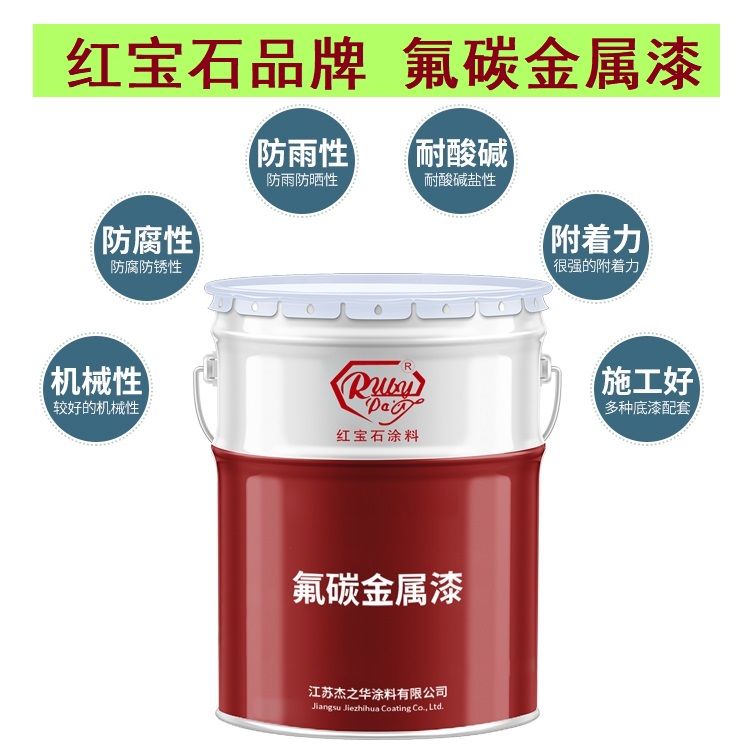
Once the paint has been applied, it is important to allow it to cure properly. The curing time may vary depending on the type of paint and the environmental conditions, but it typically takes between 24 to 48 hours. During this time, it is important to avoid any contact with the painted surface and to protect it from moisture and direct sunlight.
After the paint has cured, the final step is to inspect the surface to ensure that the paint has been applied evenly and that there are no gaps or inconsistencies. If any issues are identified, they should be addressed immediately to ensure that the thermal insulation properties of the paint are not compromised.
www.youtube.com/watch?v=kCkCI75Qvv8
In conclusion, applying thermal insulation paint in Philippine homes is a cost-effective and efficient way to improve energy efficiency and enhance indoor comfort. By following the steps outlined above, homeowners can ensure that the paint is applied correctly and that it provides the desired thermal insulation benefits. With the right preparation and application techniques, thermal insulation paint can be a valuable addition to any home in the Philippines, helping to keep the interior cool and comfortable even during the hottest months of the year.
Comparison Of Different Brands Of Thermal Insulation Paint Available In The Philippines
Thermal insulation paint is an innovative solution designed to reduce heat transfer and improve energy efficiency in buildings. In the Philippines, where temperatures can soar, this type of paint is becoming increasingly popular. Various brands offer thermal insulation paint, each with its unique features and benefits. This article will compare different brands of thermal insulation paint available in the Philippines to help consumers make informed decisions.
| No. | Product Name |
| 1 | Industrial paint |
One of the leading brands in the market is Nippon Paint. Their thermal insulation paint, known as Nippon Cool Shades, is formulated with special pigments that reflect infrared radiation. This helps in reducing the surface temperature of walls and roofs, thereby keeping interiors cooler. Nippon Cool Shades is also known for its durability and resistance to weathering, making it an excellent choice for both residential and commercial applications.
Another prominent brand is Boysen Paints. Their product, Boysen Cool Shades, is designed to provide thermal insulation by incorporating heat-reflective technology. It effectively blocks out the sun’s heat, leading to a significant reduction in cooling costs. Boysen Cool Shades is available in a variety of colors, allowing homeowners and architects to choose shades that complement their design aesthetics while benefiting from the thermal insulation properties.
Davies Paints also offers a thermal insulation paint called Davies Sun & Rain Elastomeric Paint. This product is not only designed to reflect heat but also to provide waterproofing benefits. It is an elastomeric paint that can bridge hairline cracks, preventing water seepage and protecting the structural integrity of buildings. Davies Sun & Rain is ideal for tropical climates like the Philippines, where rain and high temperatures are common.
Pacific Paint (Boysen) Philippines, Inc., has developed a product called Virtuoso Silk Touch, which combines aesthetics with functionality. This paint is infused with Teflon surface protector technology, which makes it easy to clean and maintain. In addition to its thermal insulation properties, Virtuoso Silk Touch offers a luxurious matte finish that elevates the look of any space.
When comparing these brands, it is essential to consider factors such as the specific technology used, the range of colors available, additional features like waterproofing, and the overall cost-effectiveness of the product. Nippon Paint’s Cool Shades is highly regarded for its advanced reflective pigments and durability. Boysen Cool Shades, on the other hand, offers a wide color palette, making it a versatile choice for various design requirements. Davies Sun & Rain stands out for its dual functionality of heat reflection and waterproofing, while Virtuoso Silk Touch by Pacific Paint focuses on combining visual appeal with practical benefits.
| Nr. | Products |
| 1 | Fluoracarbon finish paint |
In conclusion, the choice of thermal insulation paint depends on individual needs and preferences. Whether prioritizing energy efficiency, aesthetic considerations, or additional protective features, there is a product available in the Philippines to meet those requirements. By understanding the unique attributes of each brand, consumers can select the thermal insulation paint that best aligns with their goals, ensuring comfort and sustainability in their living and working environments.

